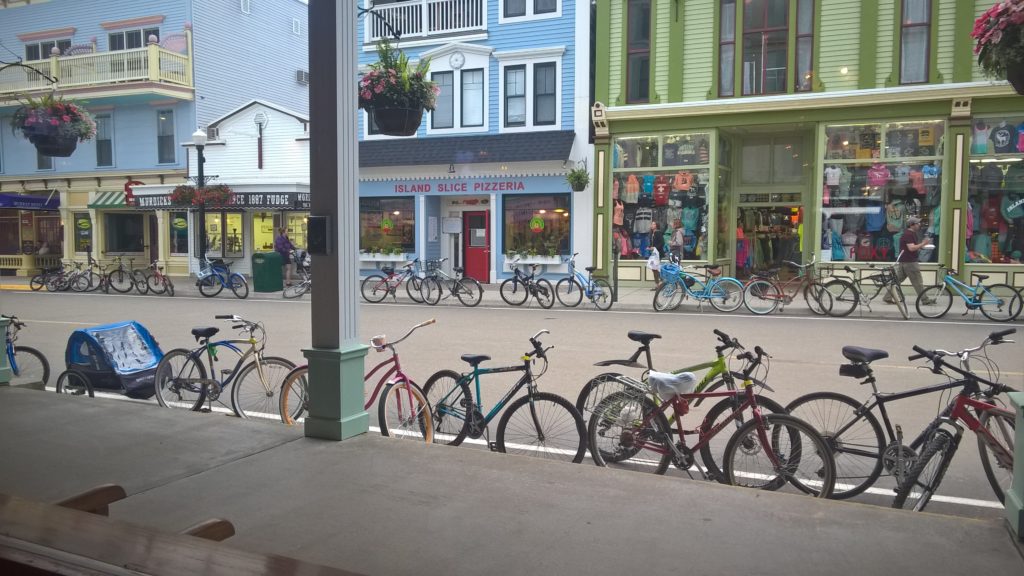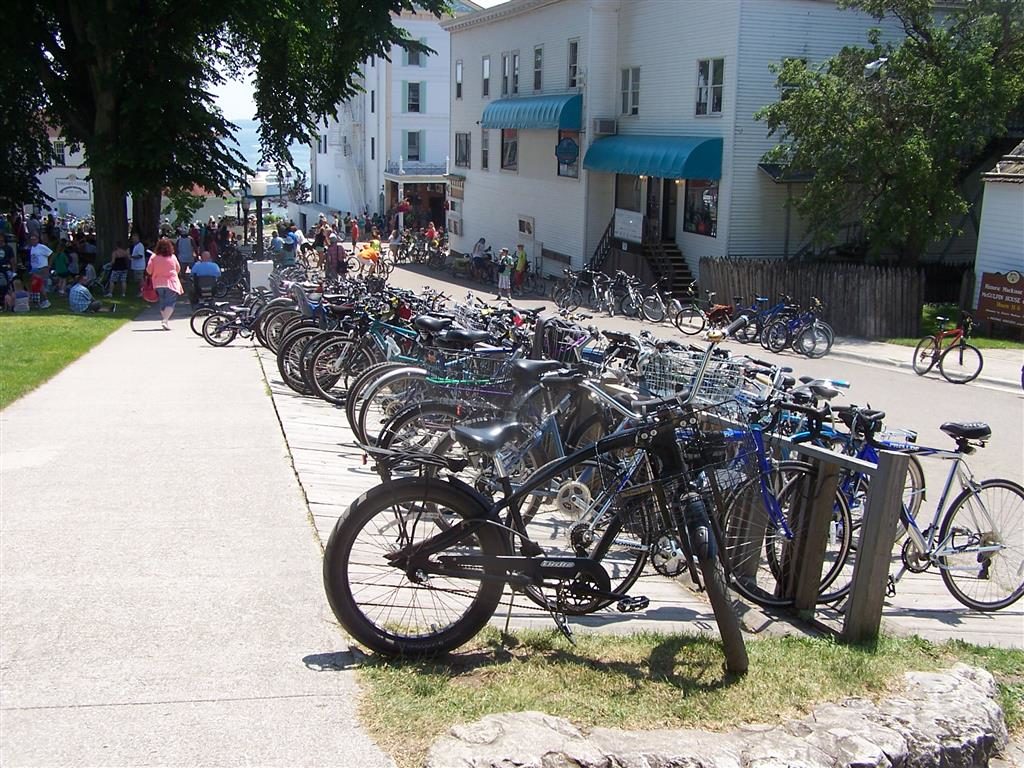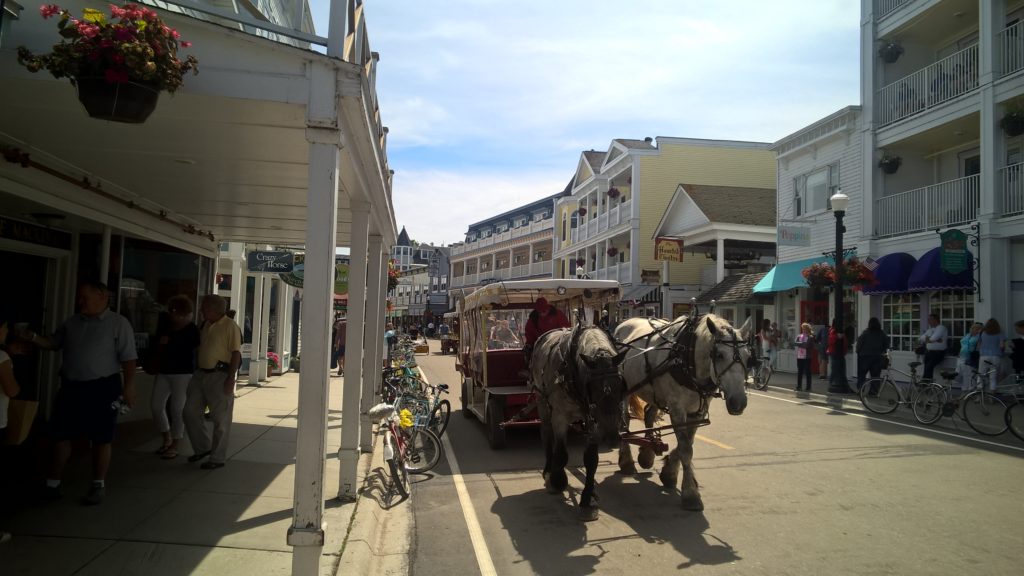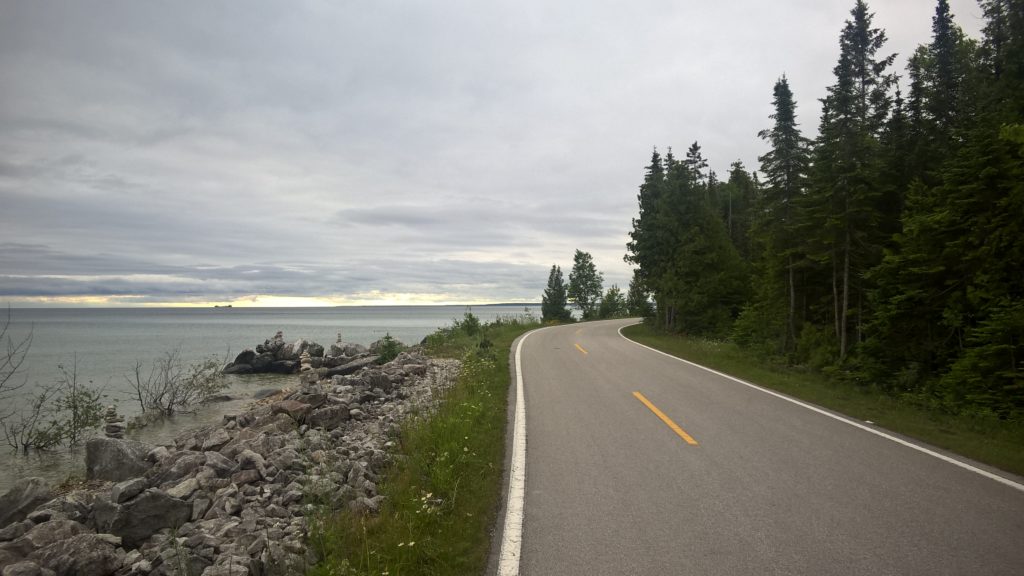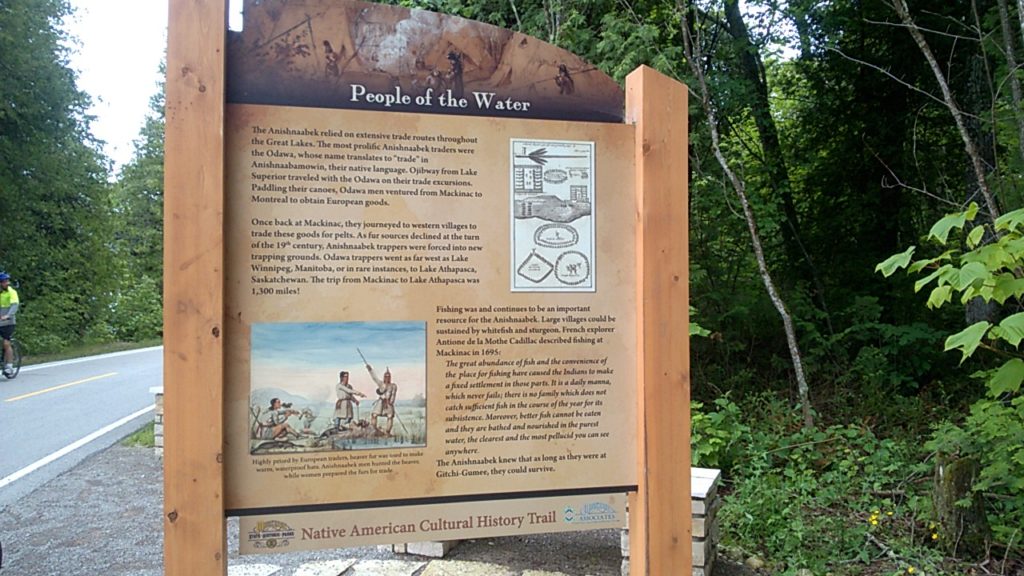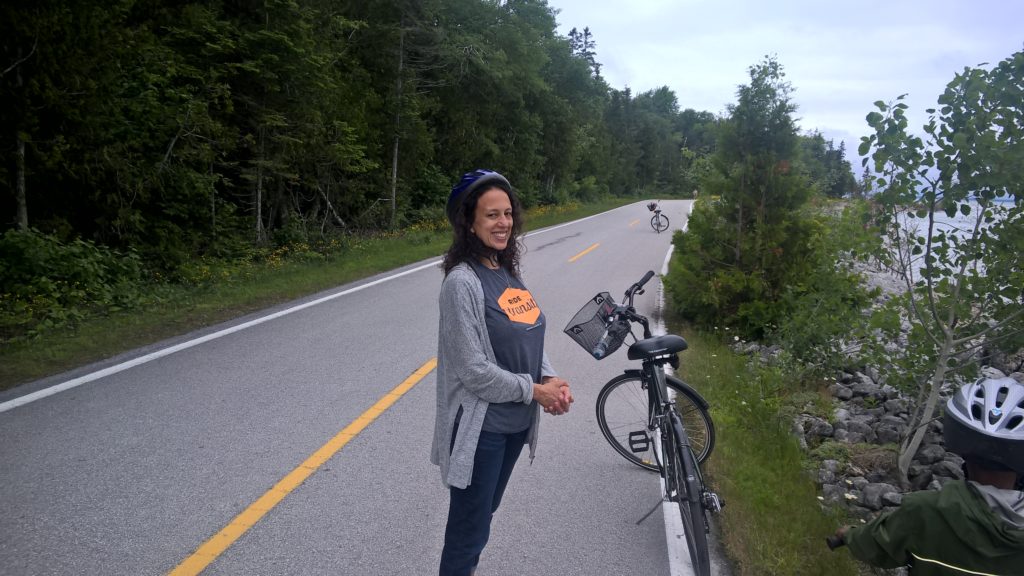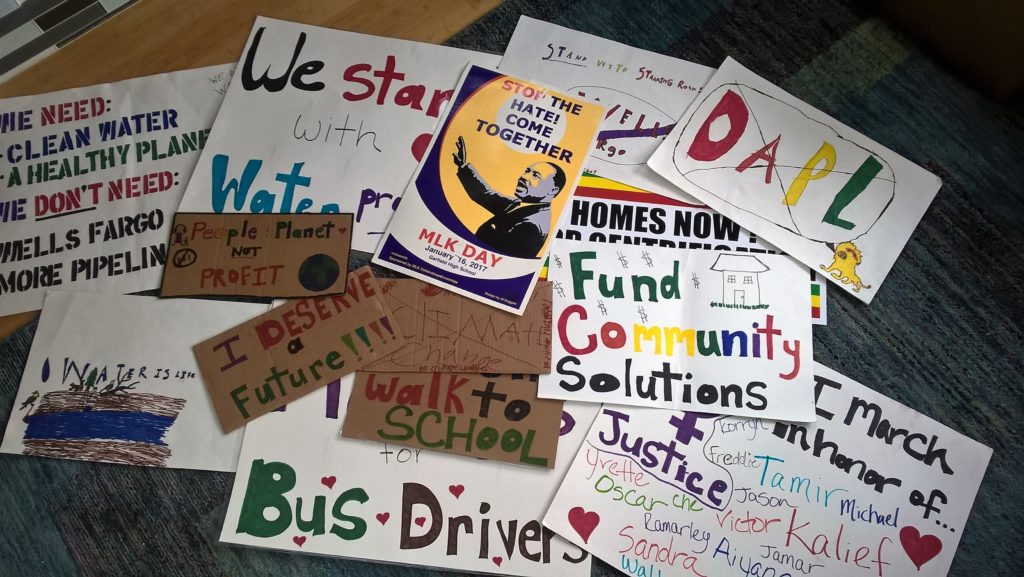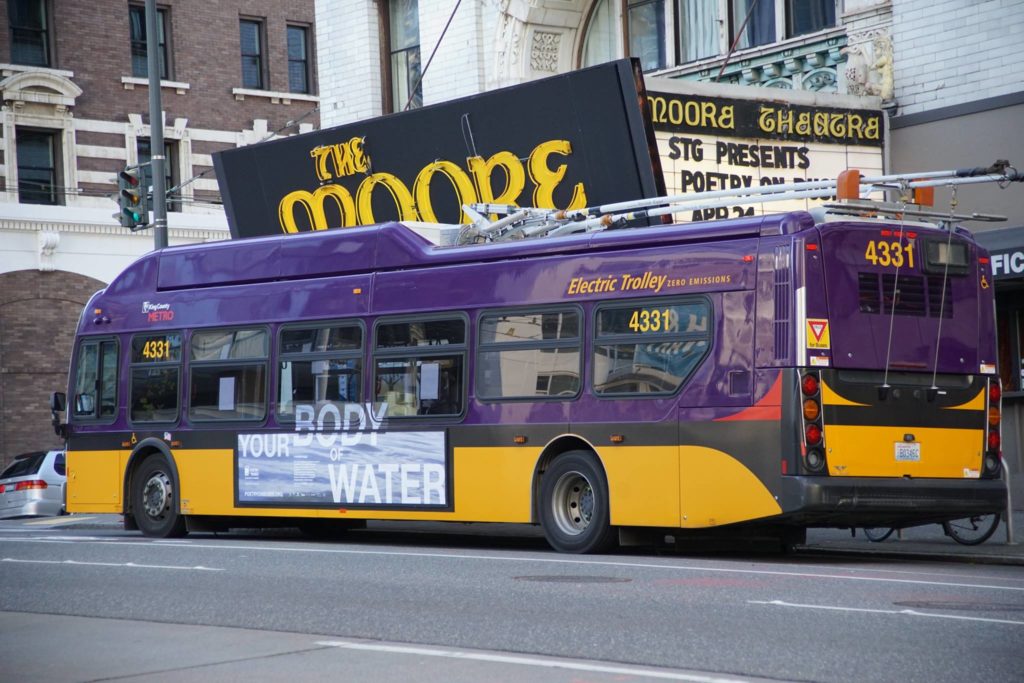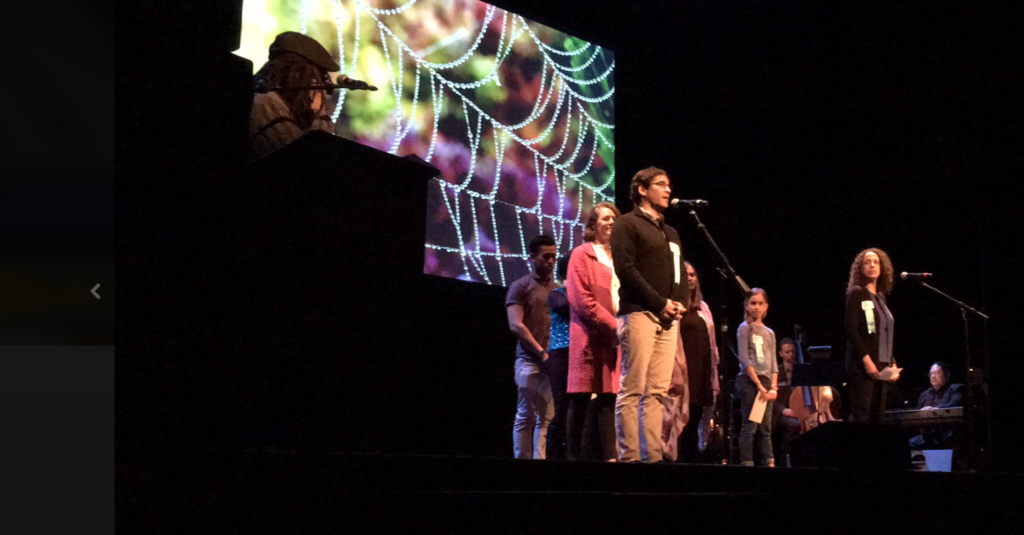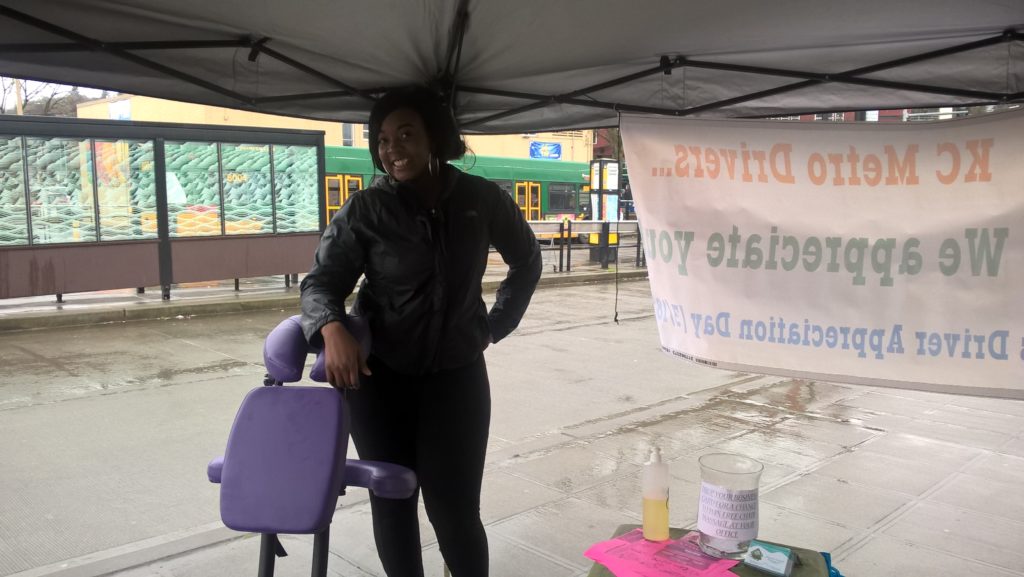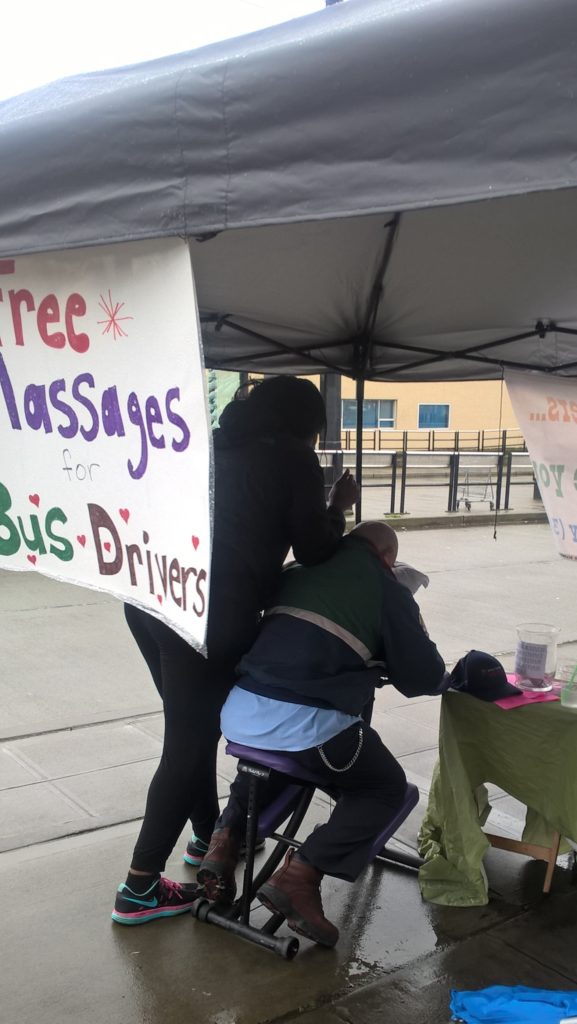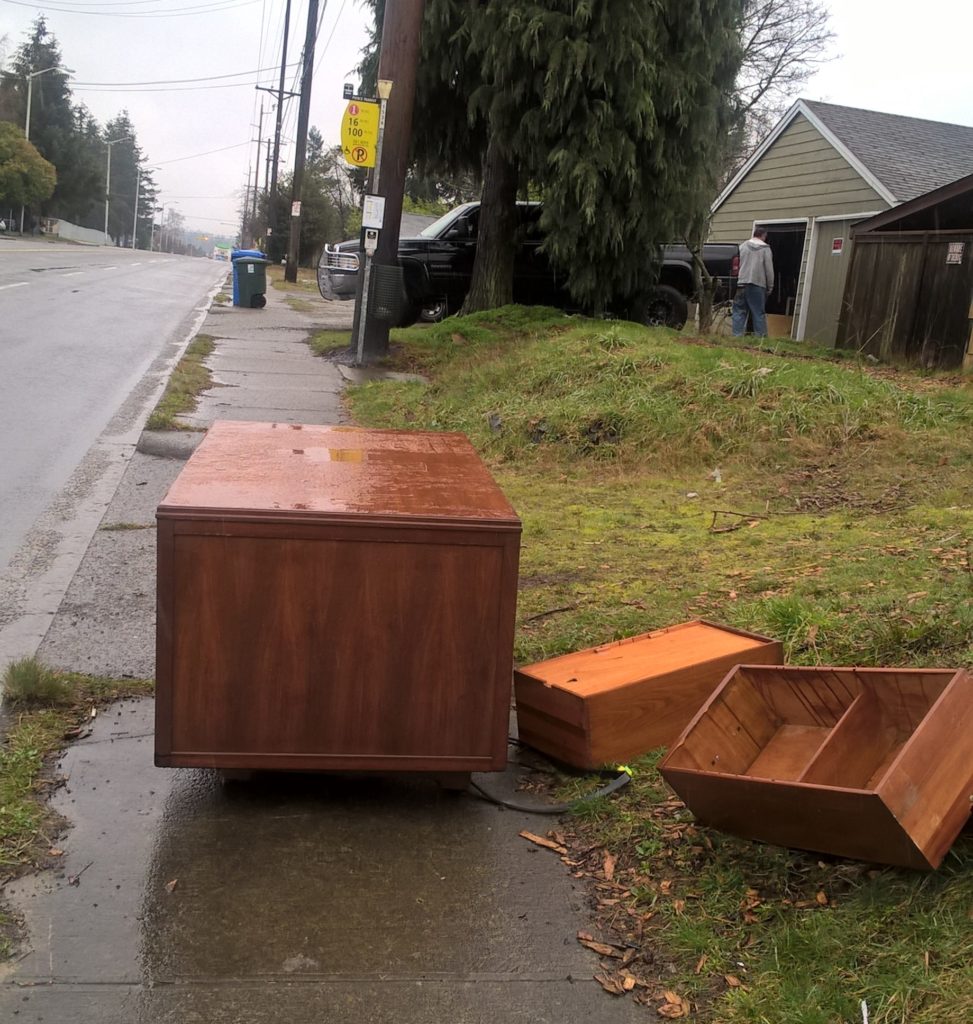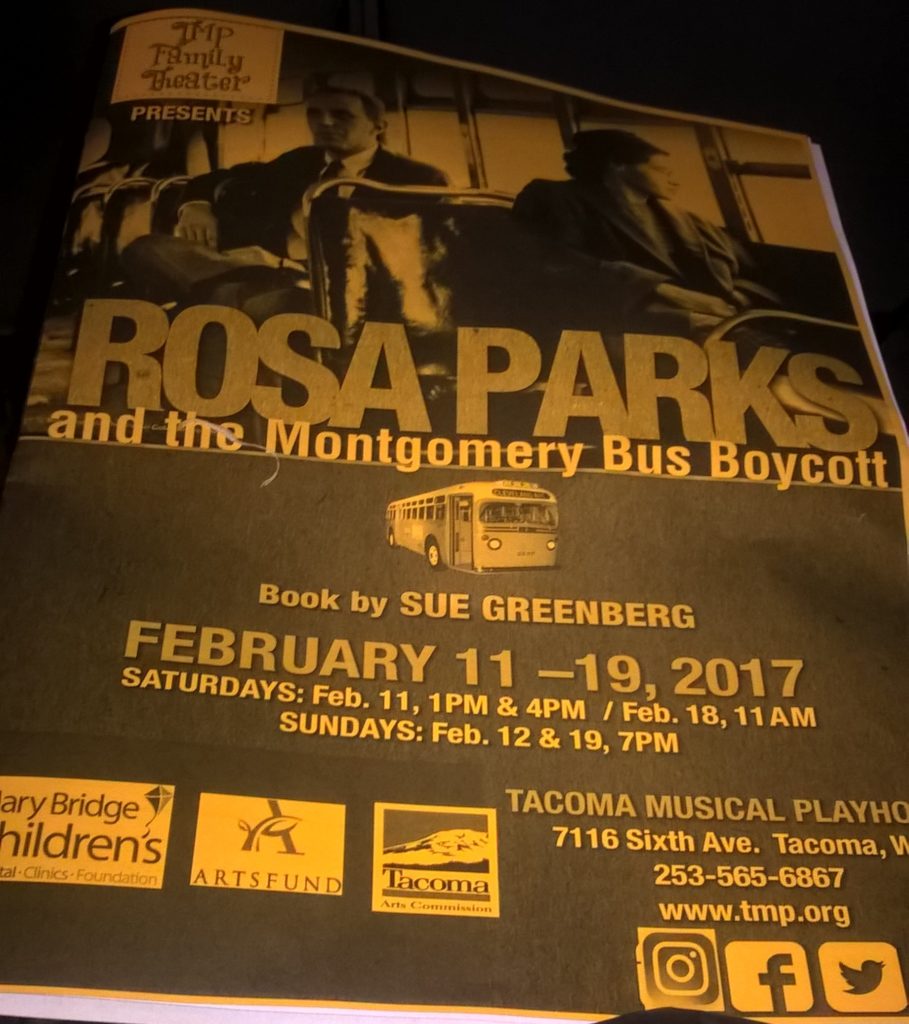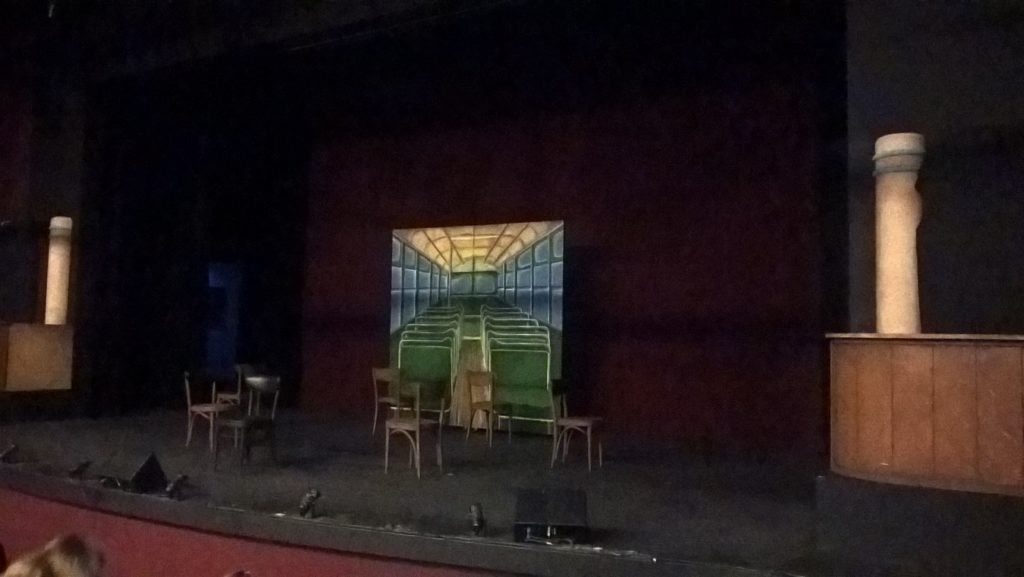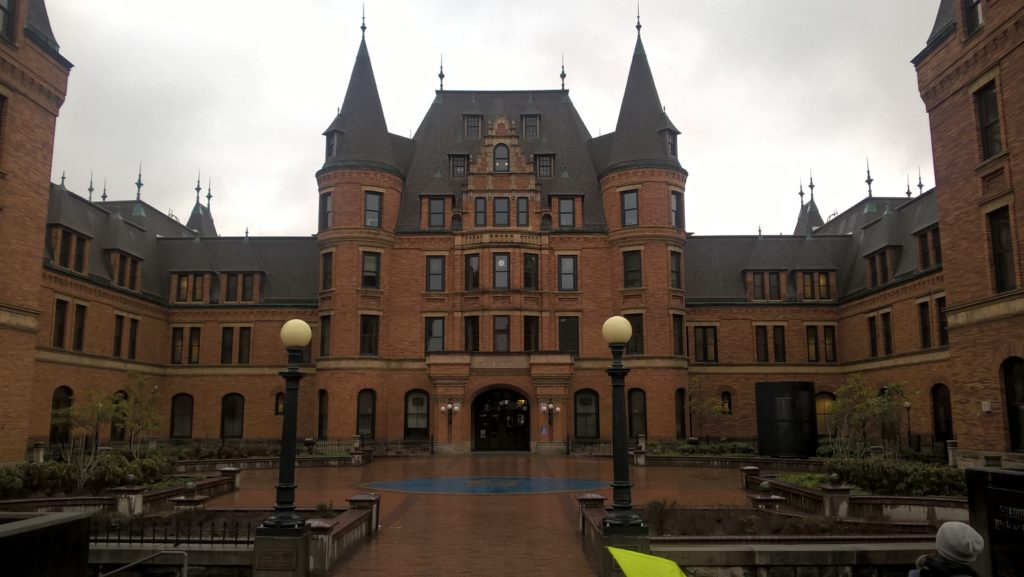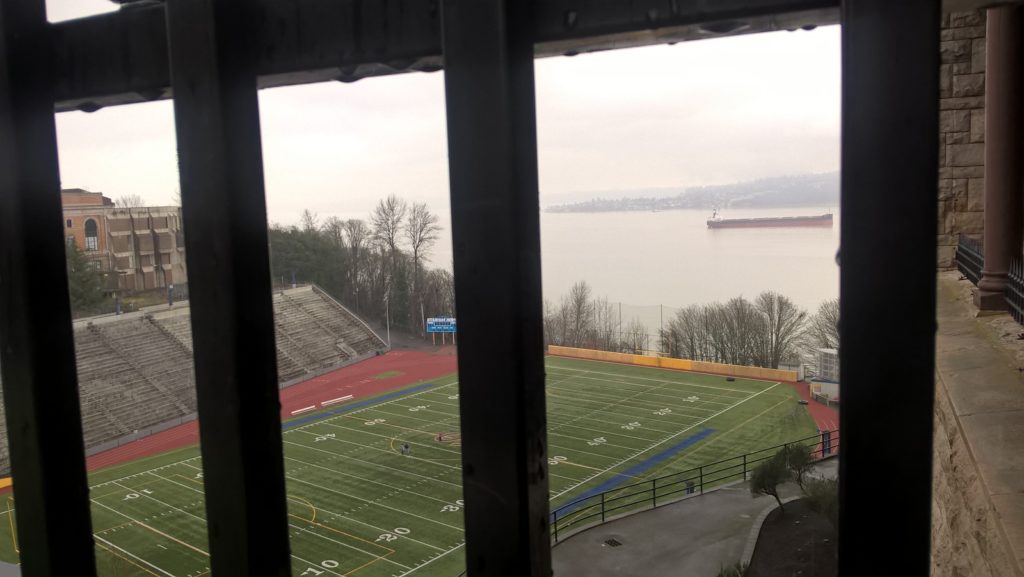When my kids were small — preschool and toddlerish — a sixtysomething man introduced himself to the three of us at a bus stop. His name was Emmanuel, a name I knew I’d remember because of its beautiful meaning: God with us.
Emmauel told me that he looked out for our family. A few months earlier, he had met Bus Nerd — or, as he called him, “Detroit” — at the park, through a mutual friend who is widely admired in the community. Any friends of such a stellar human were OK in Emmanuel’s book. So, when he saw us around the neighborhood, he kept his eye out. Made sure we were OK.
Emmanuel and I talked for several minutes (periodically interrupted by the tugging and whining of my bored children) while we waited — about books, and city history, and parenthood. But when the 14 finally arrived, he didn’t board with us. Instead, he waved goodbye and headed the opposite way down the street.
After that day, as often happens after I make a bus friend, I started seeing Emmanuel everywhere: at the library, the pharmacy, the community center, the park. Every time, he was happy to see me, like we were old friends. Every time, he was full of questions and observations and ideas, ready to continue our conversation where we had left it.
A couple of years into our street friendship, Emmanuel’s appearance started to change. He grew thinner. He lost teeth. His skin started to sag. One day, on my walk home from work, I came across an apparently homeless man holding a sign at an intersection. It wasn’t until I approached him with a small offering that I realized it was Emmanuel, thinner and more ragged than ever. He tried to preempt any questions by saying he was having a tough month and waiting on a delayed check. I went along with the pretense of lending him a few bucks until his check came through.
After that day, I continued to see Emmanuel around the neighborhood, but instead of holding court in front of the library, I would find him holding a sign on the side of the road. After that first time, it got easier for both of us. We returned to our friendly conversations.
On one of my chance encounters with Emmanuel, I was with the mutual friend who had introduced him to Bus Nerd. That friend told me he had known Emmanuel for almost 50 years, since his days as a student at the University of Washington. They had been part of the small group of student activists that had founded the university’s Black Student Union. Emmanuel’s passion and intelligence had helped inspire our friend to devote his life to public service.
These insights into a man I knew only superficially reinforced so many truths. That our circumstances and choices and predispositions and the systems we are subjected to all work together to create our life path. That when we’re young and passionate and full of potential, we are not able to predict — or sometimes even imagine — the paths our lives ultimately end up taking. That our soulless, unforgiving, profit-driven culture routinely breaks people. And that, even now, in this future he did not imagine for himself, Emmanuel is still inspiring people.
Emmanuel. God with us.

